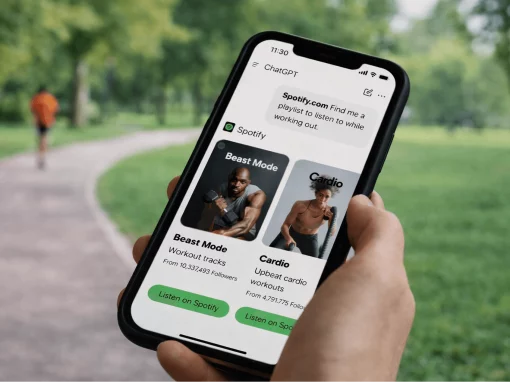Table of Contents
Once upon a time, Flash brought the internet vibrant video, audio and 3D images faster than we thought possible.
But now, there is a new sheriff in town and that sheriff’s name is HTML5.
How can it be that our beloved Flash will soon join the likes of the floppy disk and dial up internet in technology history? Well, it’s possible, and it’s happening sooner than you may think.
Over 50% of the internet browsing world is currently using Google Chrome. The latest version of this browser is already blocking Adobe Flash technology by default and for good reason.
According to DigitalTrends.com, Google asserts that: “using HTML5 by default not only creates a safer web browsing experience but is more power efficient too.”
Chrome isn’t the only browser stepping out against Flash Technology, Mozilla Firefox has vowed to do the same. According to the Mozilla blog, eliminating Flash Technology will bring users “enhanced security, improved battery life, faster page load, and better browser responsiveness.”
Chrome & Mozilla seem to be on to something.
It is evident that converting from Flash to HTML5 is:
- Faster
With HTML5, multimedia content can be rendered without the installation of a media plugin or player. Whereas with Adobe Flash, a plugin is needed. In today’s internet browsing world, if you add an extra step into any viewing process, you are losing customers and visitors. - More Secure
Flash’s need for additional plugins not only slow down the browsing experience, they also open a user to more potential security risks and vulnerabilities. When using external plugins, a user is more exposed to potential attacks and/or unwanted viruses.
With HTML5, luckily, the need for plugins has been eliminated, creating a more secure browsing environment. - More Accessible
Apple has refused to run Flash on its iOS devices. This means anyone with an iPhone, iPad or Apple Watch will not be able to properly access Flash content. Nowadays, with different operating systems and mobile device options, if your application or website is not available across all platforms, you are missing a significant slice of the market.
Recently, the need for cross platform mobile development services has skyrocketed in popularity. Luckily, with HTML5, websites and apps are easily accessible across all platforms. - More Innovative
Flash was incredibly innovative for its time. Unfortunately, that time has passed.
Now, with HTML5, websites and applications have an increased number of features and innovations available at their fingertips. One of the most prominent examples is live streaming video: HTML5 has made the live streaming of video an internet staple, a feat that was next to impossible with Flash.
Unfortunately, it is no longer conjecture or heresy, Flash is dying and HTML5 is here to take its place. Make sure you and your brand don’t get left behind.
If you are still using Flash and don’t want to get left in the internet dust, it’s time to replace Flash with HTML5.
Don’t worry, we’re here to help: please visit our Flash to HTML5 conversion services page to learn more about this process.





